

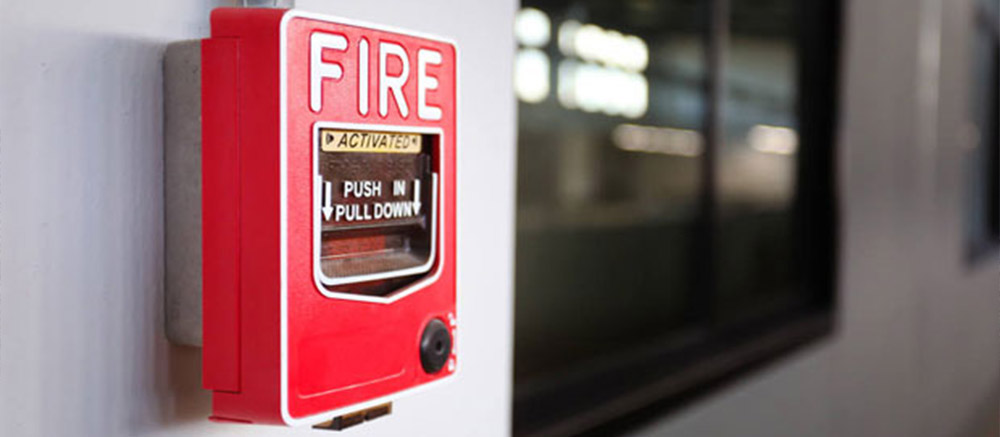
A fire hydrant system, also known as a fire fighting hydrant system or fire protection hydrant system, is an essential component of fire safety infrastructure in buildings, industrial complexes, and public spaces. It is a network of water pipes, valves, and hydrants that provide a readily available water supply for firefighting operations in the event of a fire.
The main components of a fire hydrant system include:
Fire hydrant systems are designed to provide an immediate water supply for firefighting activities, allowing firefighters to quickly respond to and control fires. They are typically installed in buildings, industrial facilities, and public areas where the risk of fire is higher.
Proper maintenance and regular inspections of the fire hydrant system are crucial to ensure its functionality and compliance with safety standards. It is essential to follow local fire codes, regulations, and guidelines while designing, installing, and maintaining fire hydrant systems.
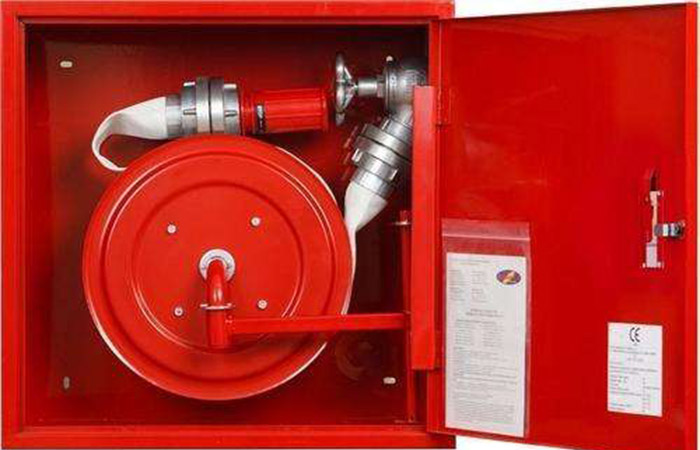
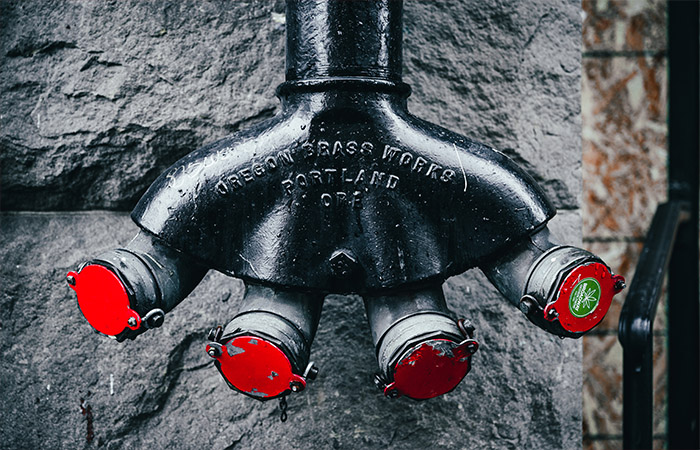
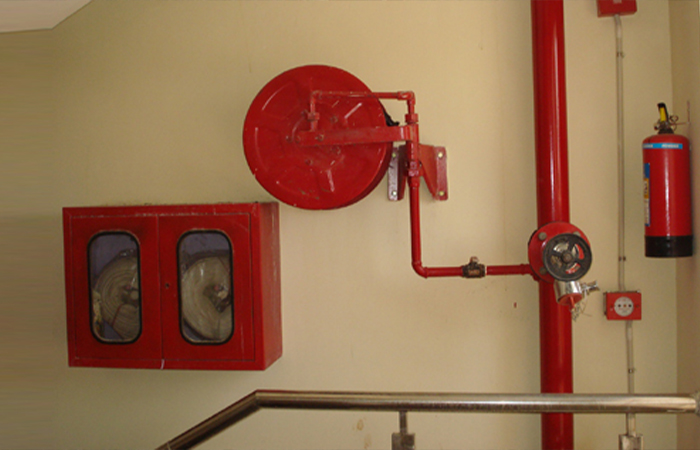
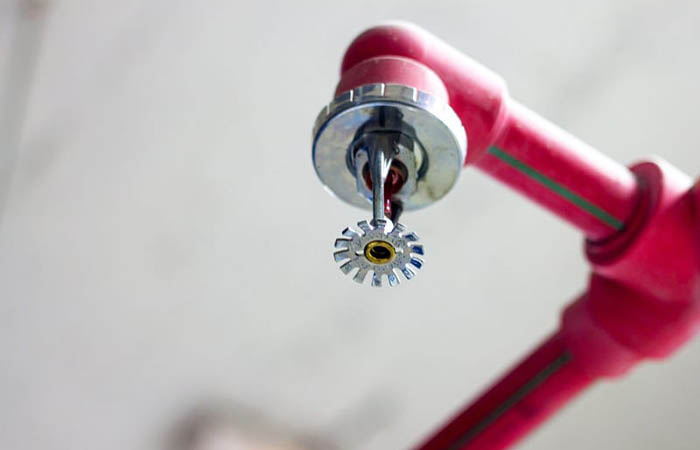
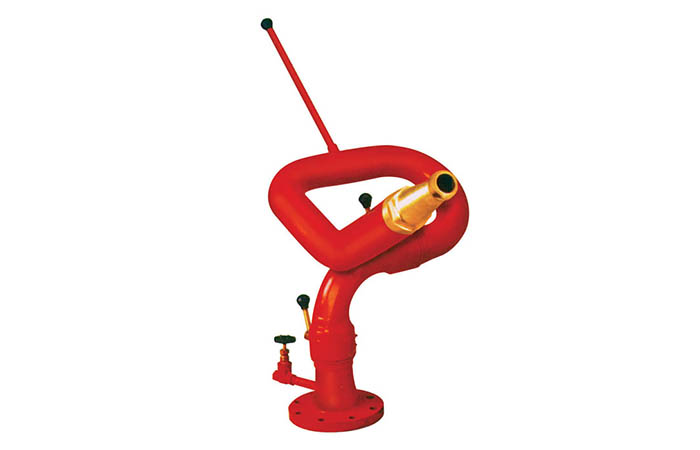
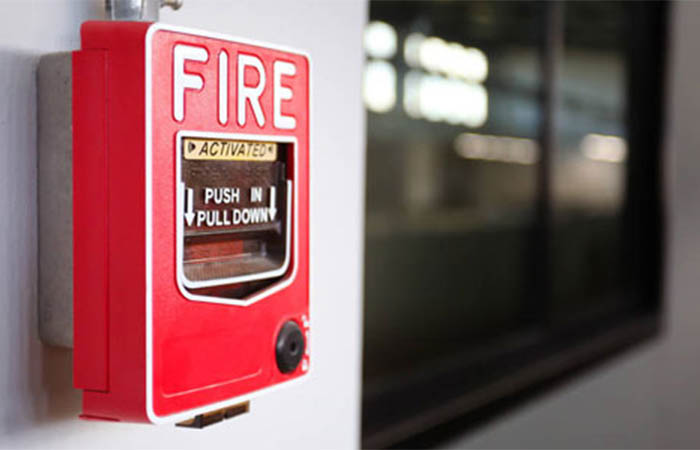
A leading provider of comprehensive industrial solutions tailored to meet the unique needs of our clients in the Automobile, Pharmaceutical, and Chemical industries.